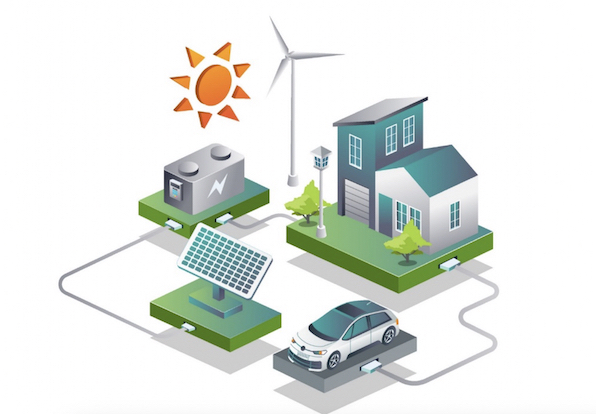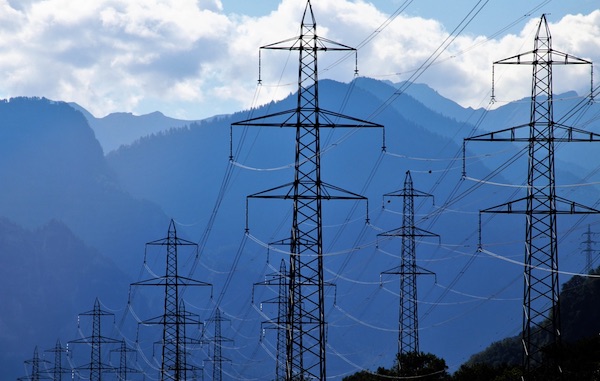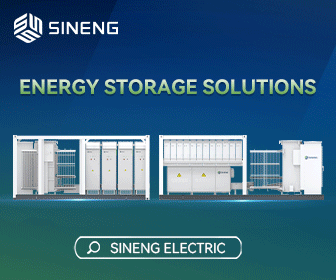High Voltage Direct Current Relays are Indispensable to Green Energy Infrastructure
Dive into the exhilarating world of green energy systems, the new frontier in our quest for sustainable and clean energy, where demand is booming at a global level. Get a closer look at the beating heart of these systems — DC relays, the unsung heroes of power transmission and control. They don't just offer reliable switching, isolation, and control, but also protect against any unforeseen faults. High voltage direct current relays are revolutionizing the landscape; they’re instrumental in powering everything from electric vehicles to microgrids, telecommunication power supplies, and even solar and wind power systems. So, gear up for a deep dive into how this key technology is reshaping the face of numerous green energy applications.
The increasing global demand for clean and sustainable energy sources has led to the rapid growth of green energy systems. DC relays have emerged as a key technology in this context. In conjunction with other components, relays can provide reliable switching, isolation, control, and protection against faults. High voltage direct current relays are utilized in a myriad of green energy applications. Those applications include, but are not limited to, electric vehicles, microgrids, telecommunications power supplies, photovoltaic systems, and wind power.

Relays are electrically operated switches that use electromagnets to control the opening and closing of circuits. In their simplest form, they consist of a coil, moving armature, and contacts. When an electric current of sufficient magnitude flows through the coil, it creates a magnetic field that attracts the armature, causing the contacts to close. When the current is removed, the contacts revert to their original state. This mechanism allows for the control of electrical currents in a variety of applications. Typically, the coil voltage and power are much lower than the contact voltage and power.
Relays are known for their robustness and reliability. They can handle high current and voltage levels, making them suitable for demanding applications. Additionally, DC relays have long service lives, reducing or eliminating maintenance requirements and ensuring consistent performance in harsh environmental conditions. They’re also extremely capable, efficient, and cost-effective.
DC relays are integral to electric vehicle (EV) charging infrastructure. They facilitate the switching and control of charging currents, protection against faults, and communication with the vehicle's charging interface. Relays ensure safe and efficient charging, supporting the widespread adoption of EVs.
In smart grids and microgrids, DC relays provide control functions for power distribution, load shedding, and grid synchronization. They enable the integration of distributed energy resources, demand response management, and optimization of grid operations.
Choosing the right relay for your application involves knowing your system intimately.
You should understand the current and voltage levels, ambient temperature, temperature rise limits, lifetime, cycles required, any breaking requirements, and short circuit conditions. You should also understand what you expect the relay to do under certain conditions.
In most systems, high voltage DC relays are not relied upon or expected to do the actual make-and-break of the load or connect/disconnect from a battery pack. Semiconductors often do that job because they can modulate or control current; relays can only be “on” or “off.” However, relays are needed because semiconductors can’t perform a few critical functions:
- Isolation: Semiconductors have relatively high open-state resistance. However, at high voltages, the open-state resistance may not be high enough for safe human contact. This is due to stray charge carriers in the depletion zone of the device. In service environments or when a system malfunction occurs, safety must be given the highest priority. A relay solves this problem by creating a physical air gap between the high voltage and humans. By using interlocks and other fail-safe techniques, safety is maintained automatically and virtually impossible to defeat if designed properly. Keeping people from being exposed to damaging or deadly high voltages is as important as protecting the environment.
- Semiconductor failure: Semiconductors are very good at effectively controlling current, except when they’re not. When semiconductors fail due to punch-through or other causes, the failure mode is often a breakdown of the drain-to-source channel, causing a short. The semiconductor can’t not be “shut off” when this happens. An alternative method of opening the circuit is often a relay.
- Reconfiguration: Sometimes there’s a desire to adapt a system to different infrastructure. For instance, some electric vehicles may need to charge on either a 400V charger or an 800V charger. To accomplish the re-rerouting of batteries to accommodate, the relays can open or close to connect batteries in a series circuit or a parallel circuit. Having a second set of semiconductors to accomplish this task would be bulky and expensive.
- Emergency switching: Relays often serve as a last line of defense to protect the system from certain overcurrent conditions. A relay responds to the command to open within just a few milliseconds. This is of critical importance because fuses are often sized to avoid nuisance opening. Because of this, they often can’t respond fast to any but the very highest short circuit conditions. An alternative method of detecting and actively intervening to lower current overloads must be employed. These currents can still be damaging or dangerous. Again, the relay steps in to perform a duty that no other component can fulfill.
High voltage relay technology is advancing. Technologies have been developed to reduce size while increasing capability. There have also been advances in contact material that have been demonstrated to exhibit anti-welding properties, with only a slight increase in cost and overall contact resistance.

Factors to consider when choosing a high voltage DC relay include:
- What is the system voltage? Choose a relay that’s rated the system voltage or higher.
- What current will the relay be expected to carry? Are there any transient currents that need to be taken into account?
- What is the ambient temperature the relay will be exposed to? Relay current-carrying capability decreases with increased temperature.
- Is there an allowable temperature rise limit?
- Will any making or breaking be performed by the relay? If so, how many times over the system lifetime? Under what circumstances/conditions?
- Are there system resistance thresholds? How will the relay’s contact resistance impact the overall system resistance to keep it within allowable levels?
- Has the stability of the relay’s contact resistance over the lifetime been considered? Various relay constructions and technologies can provide more stable performance over time and over a wider range of environments.
- Operate and release time: How quickly does the relay need to respond to the command to open or close?
- Is Underwriter’s Laboratories listing or recognition required?
- Is there a limit to the coil current or power that must not be exceeded?
- What levels of shock and vibration will the relay be exposed to?
- Is there a sound pressure level limit?
- Which failure modes are acceptable or unacceptable? For instance, if a relay’s contacts weld during a short circuit event, is that satisfactory as long as there’s no rupture?
As long as you take the time to really understand the details of your system, you will have little trouble knowing its limits and choosing the right CD relay to protect your investment in the long run.
Jim Beckert is Sr. Manager of Application Engineering at Hongfa America, which supplies electromechanical relays worldwide. Hongfa is devoted to product research, development, and technological innovation.
Hongfa America, Inc. | www.hongfaamerica.com
Author: Jim Beckert
Volume: 2023 November/December









